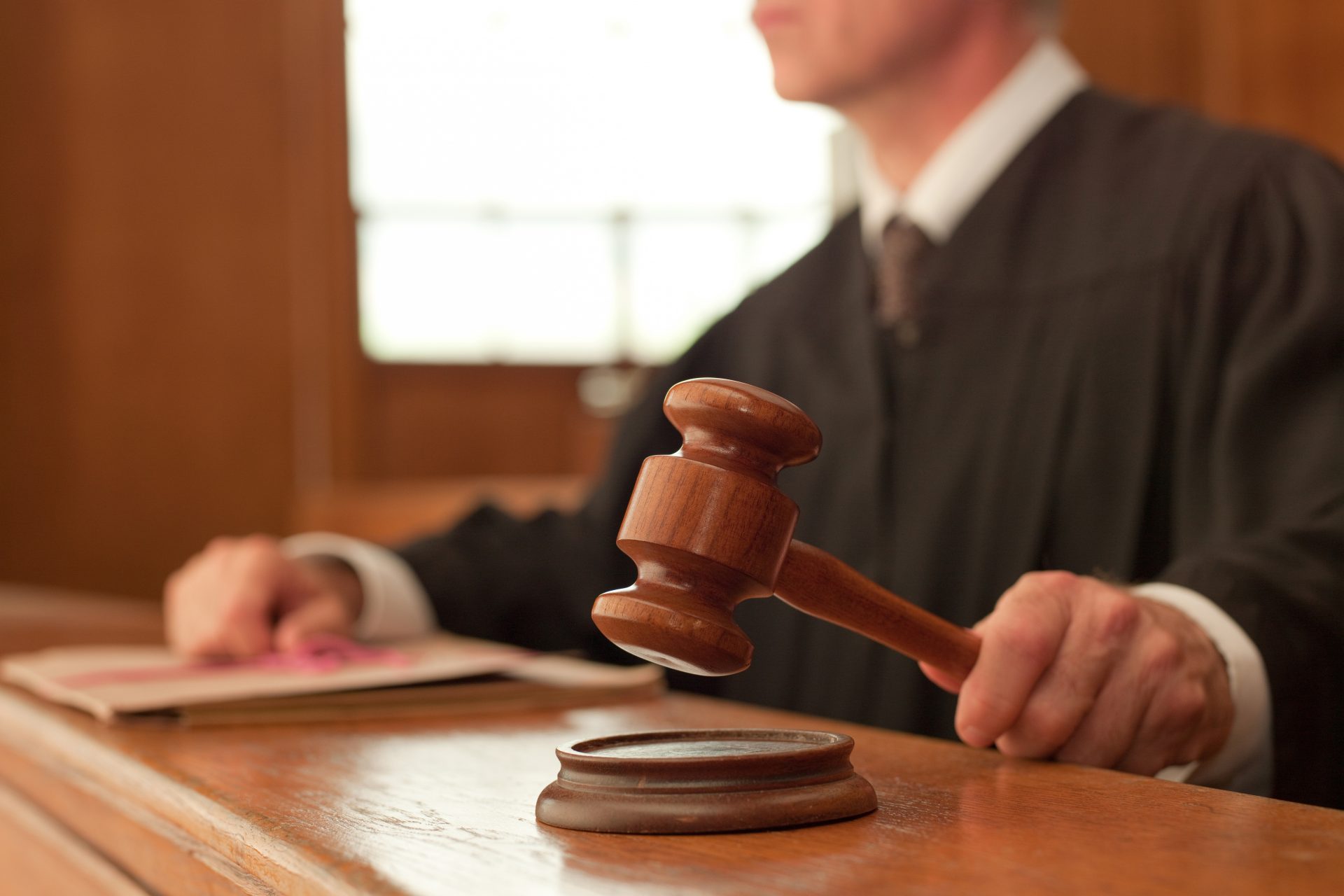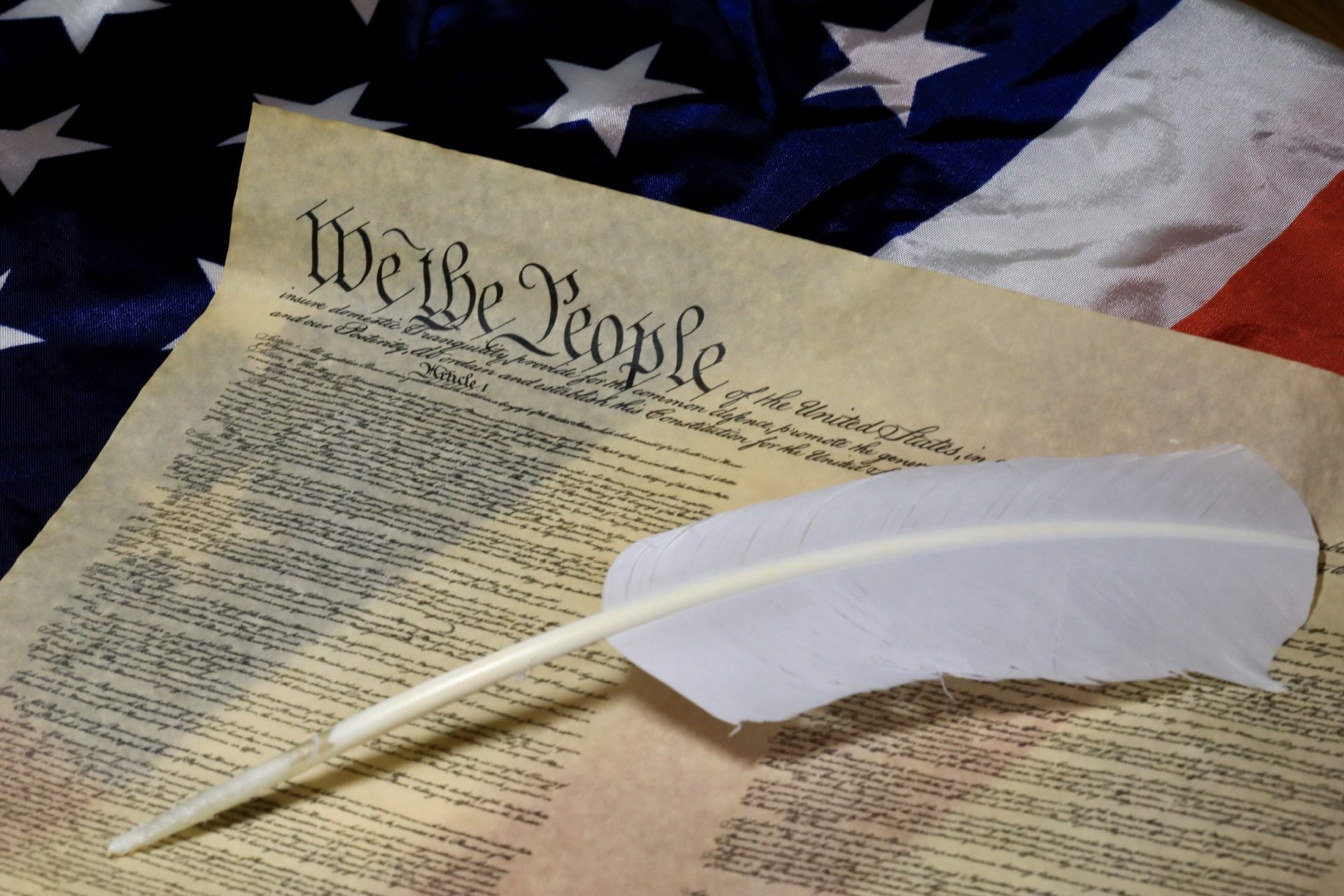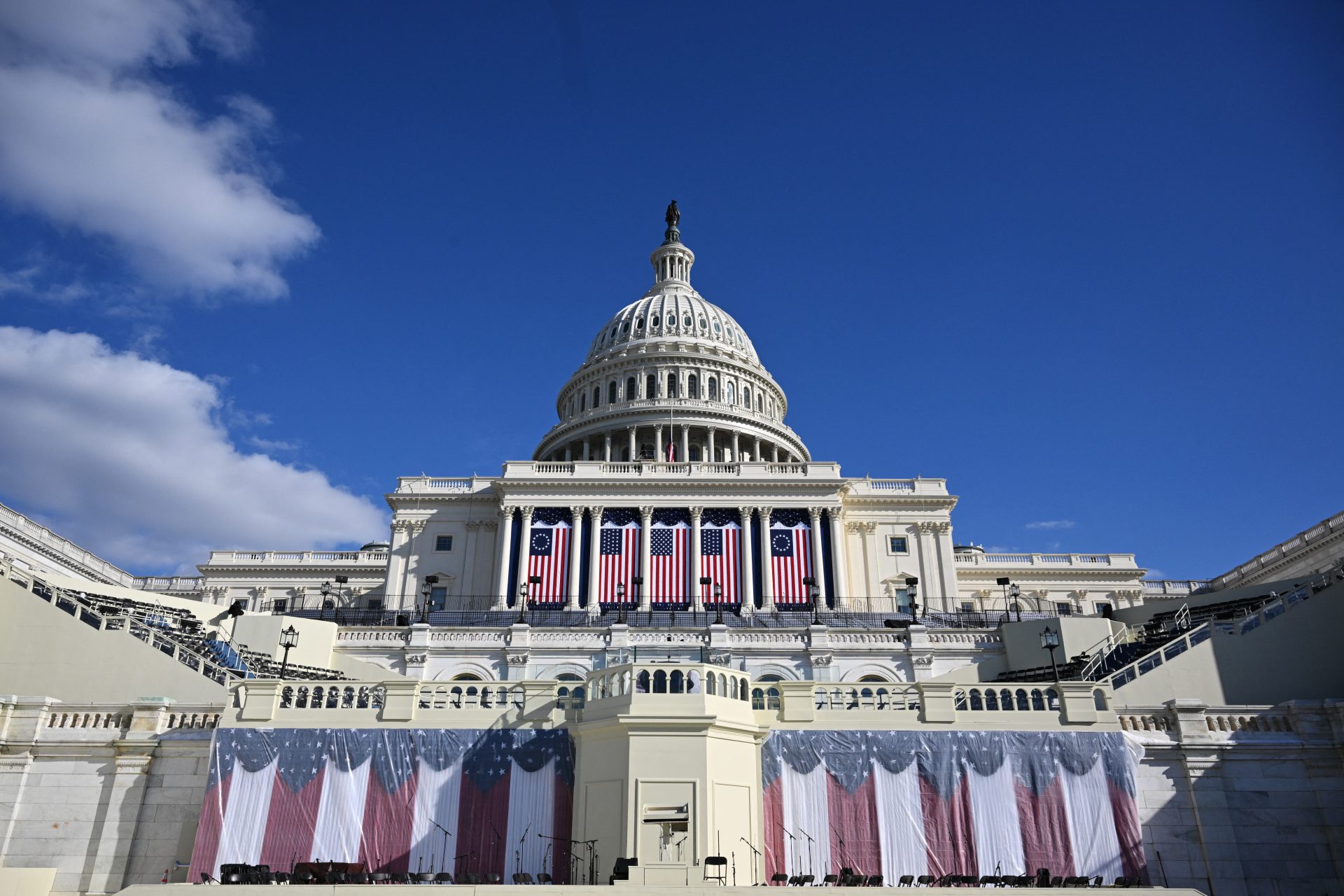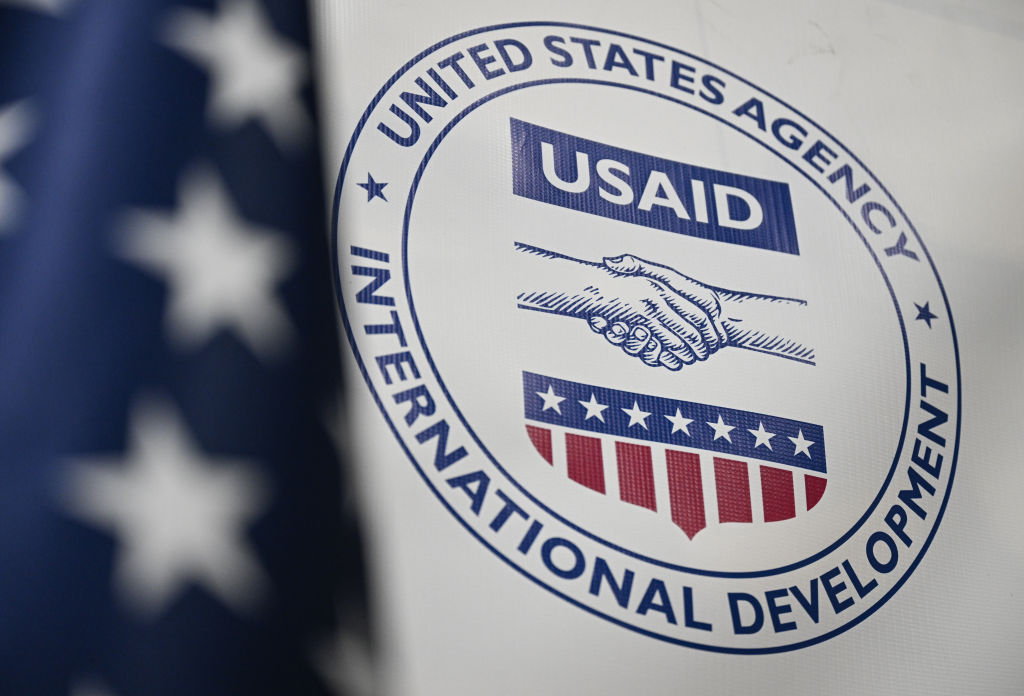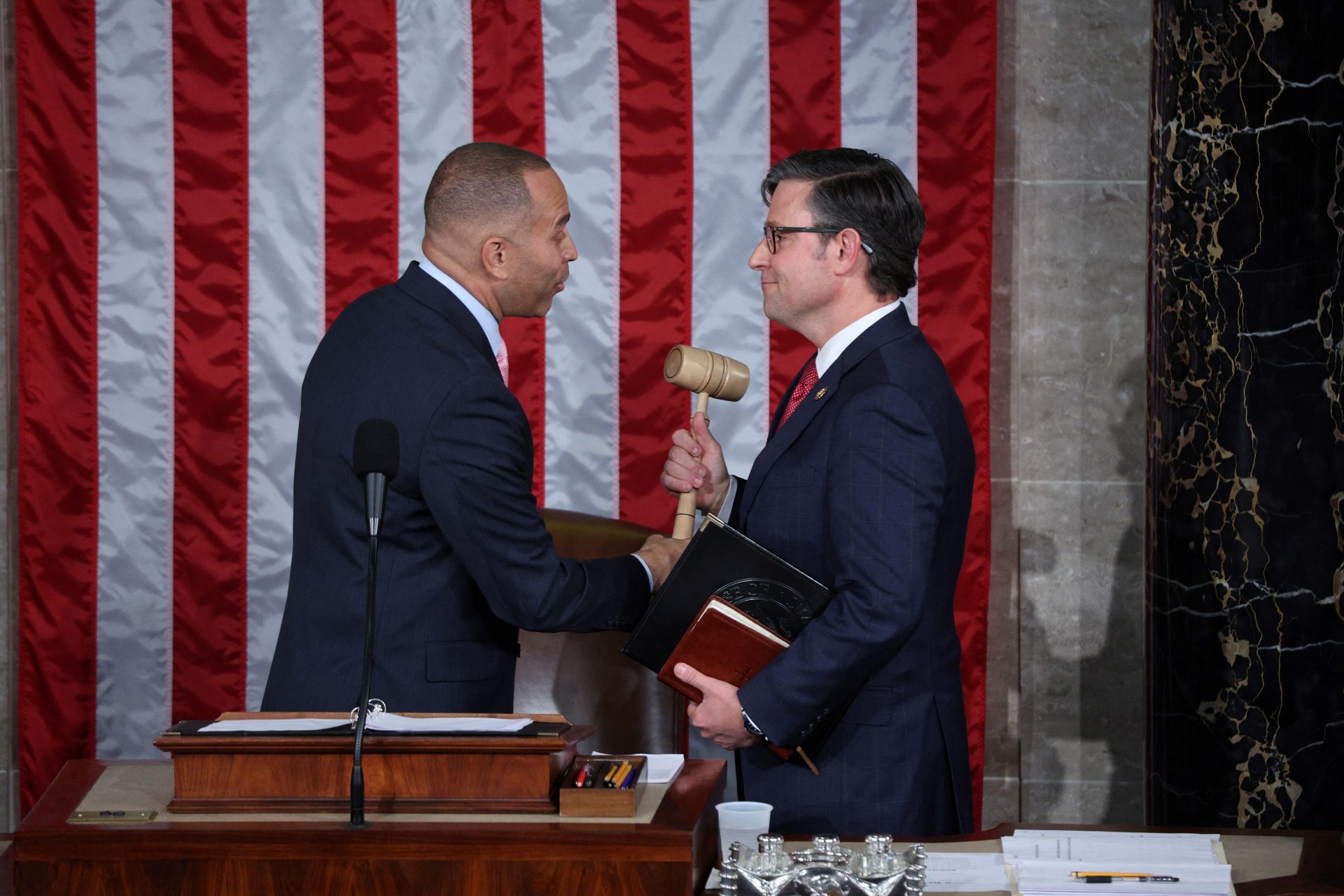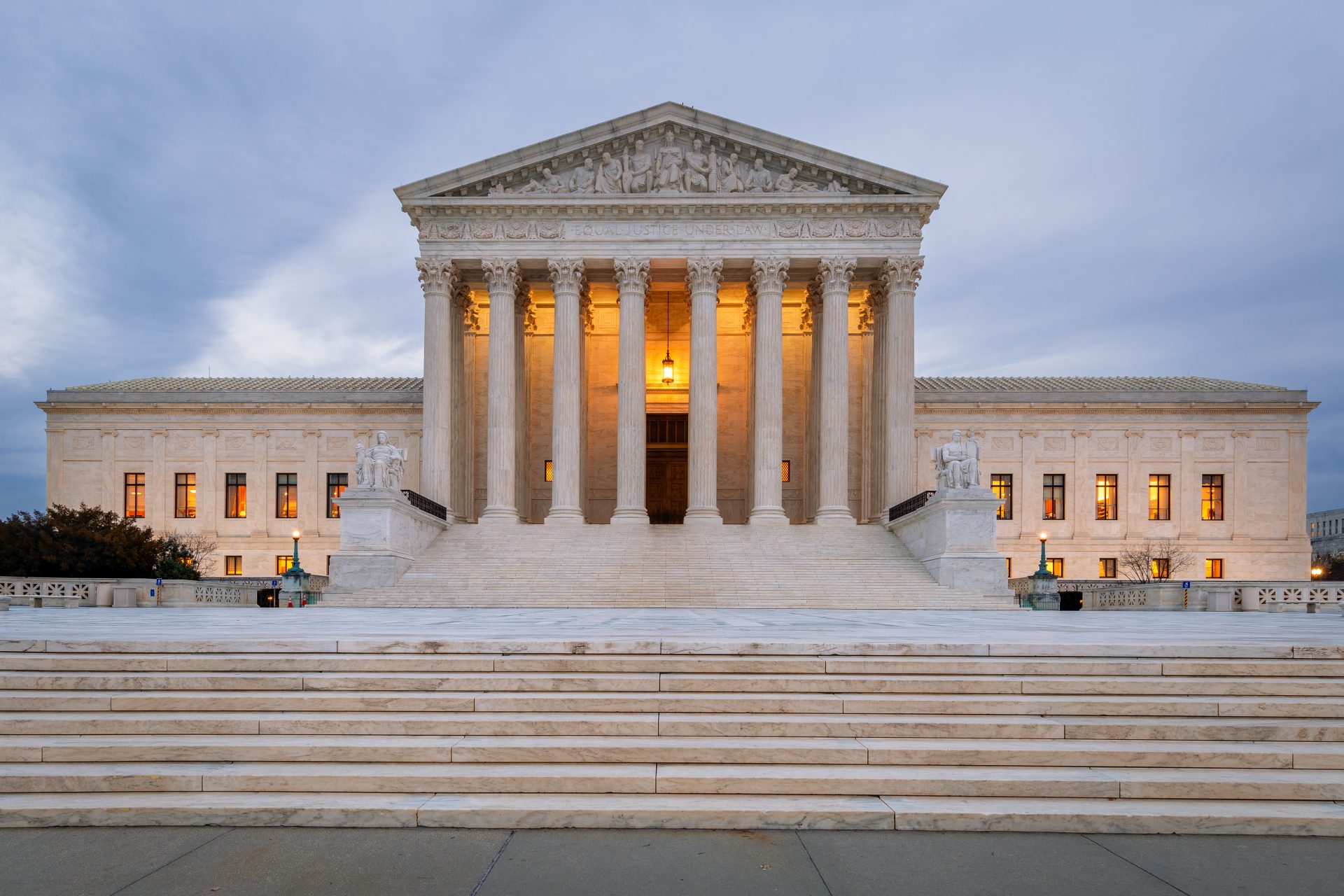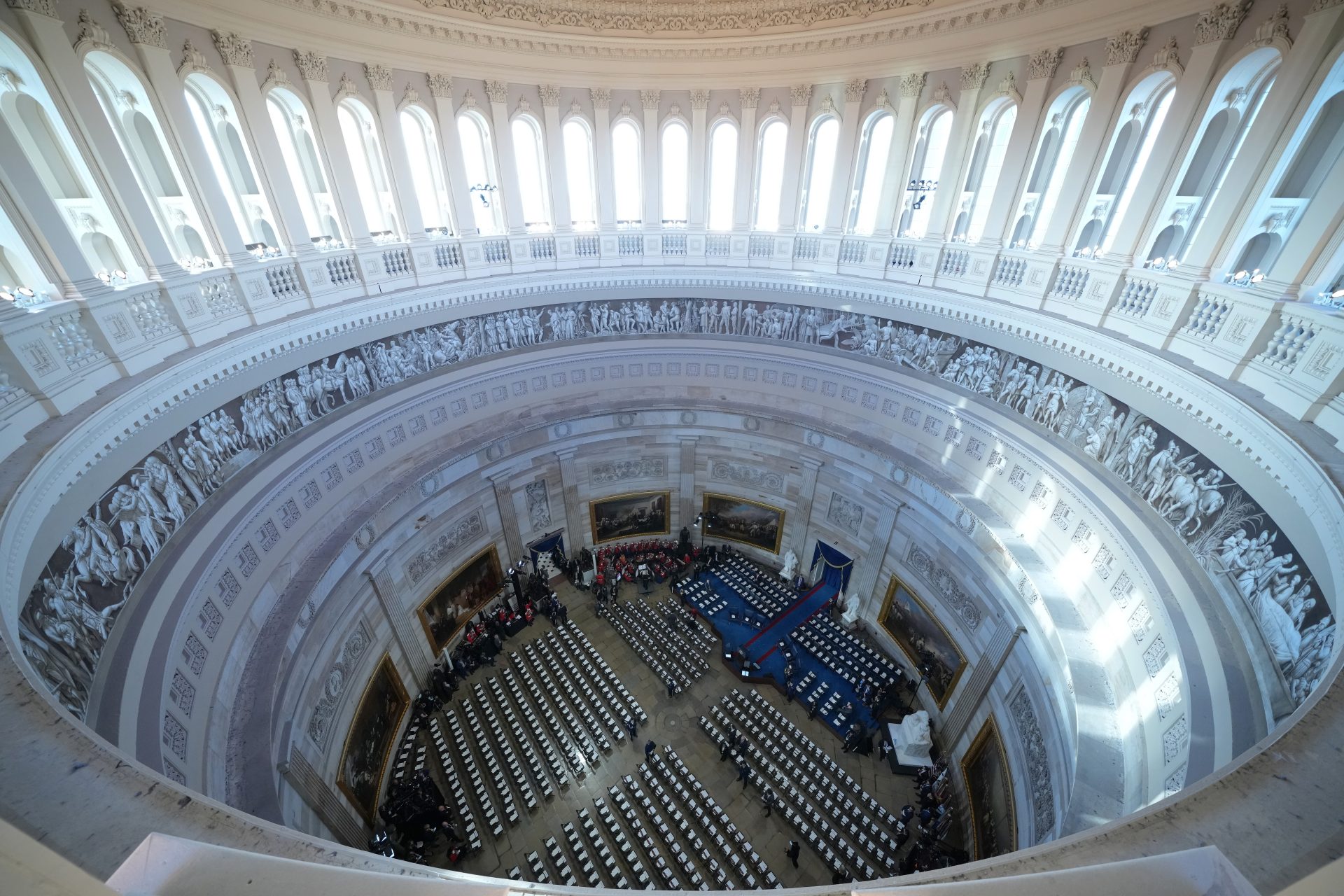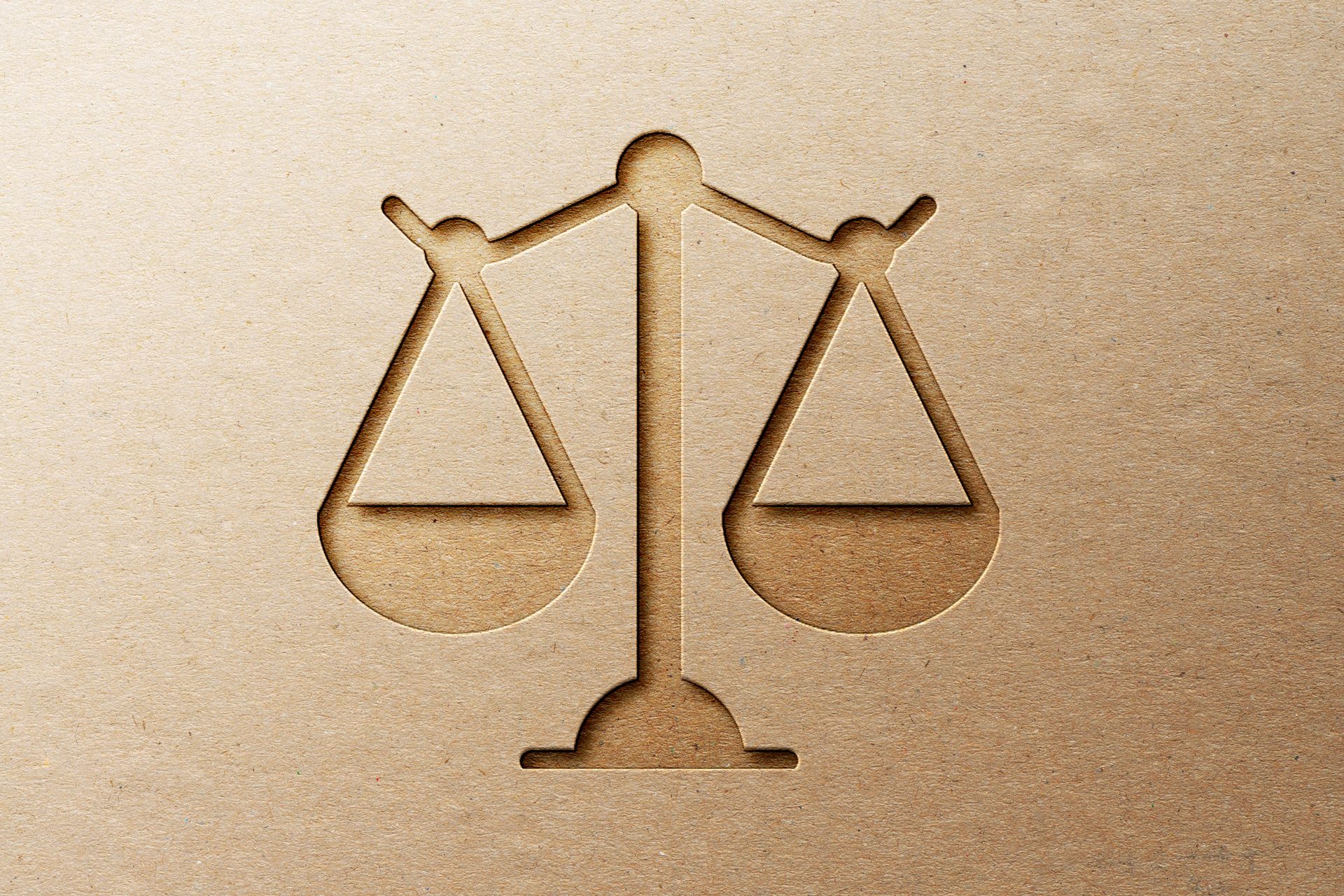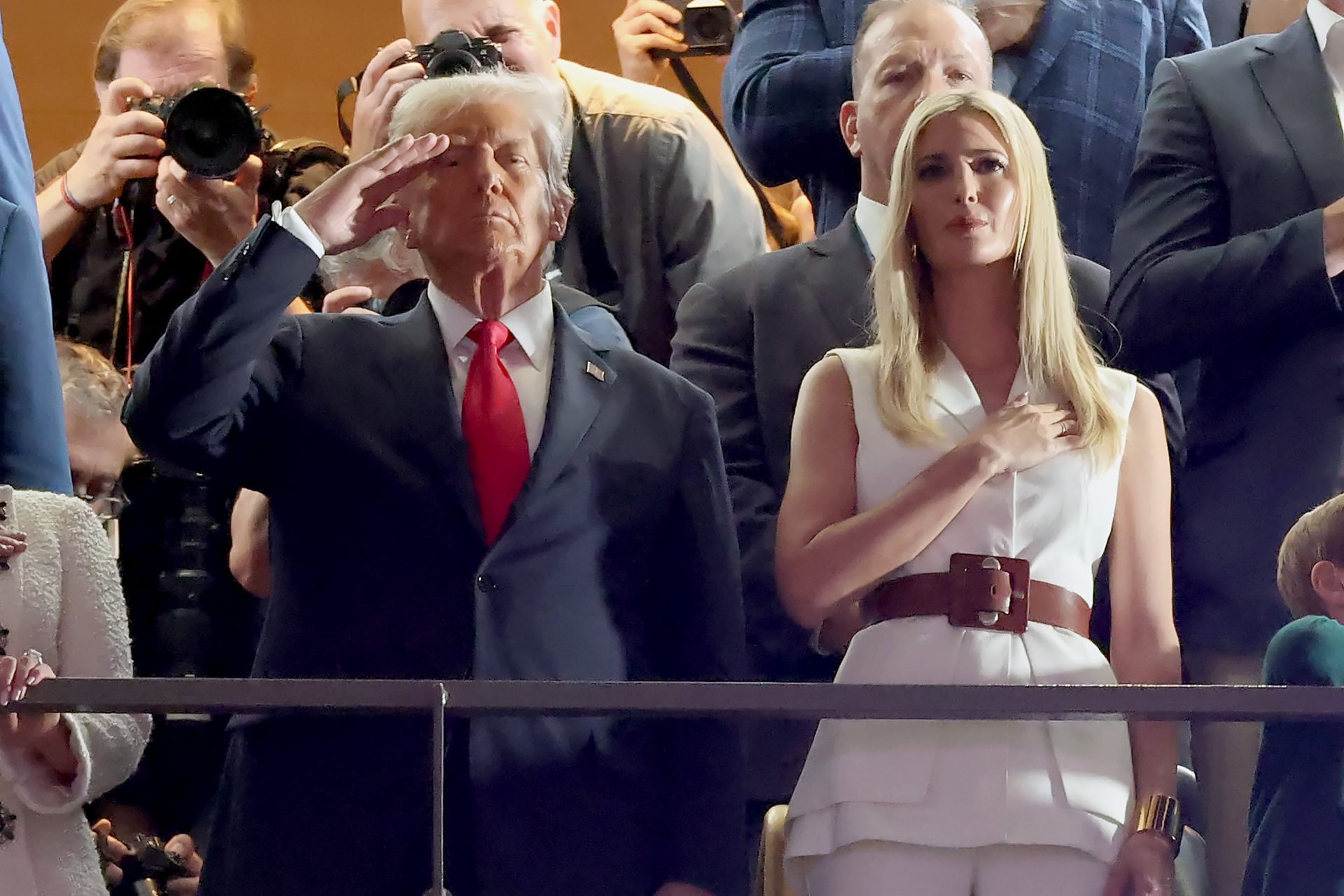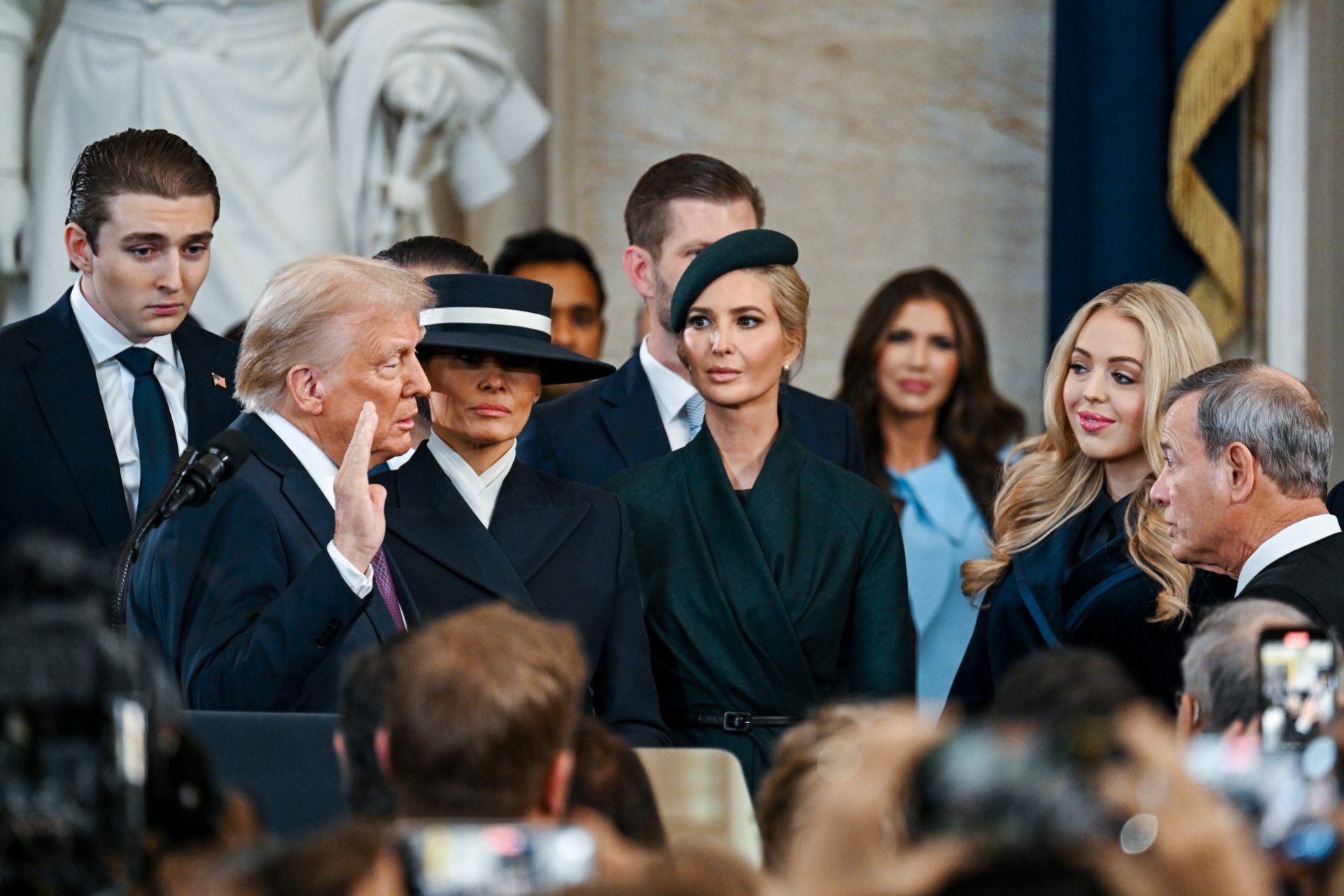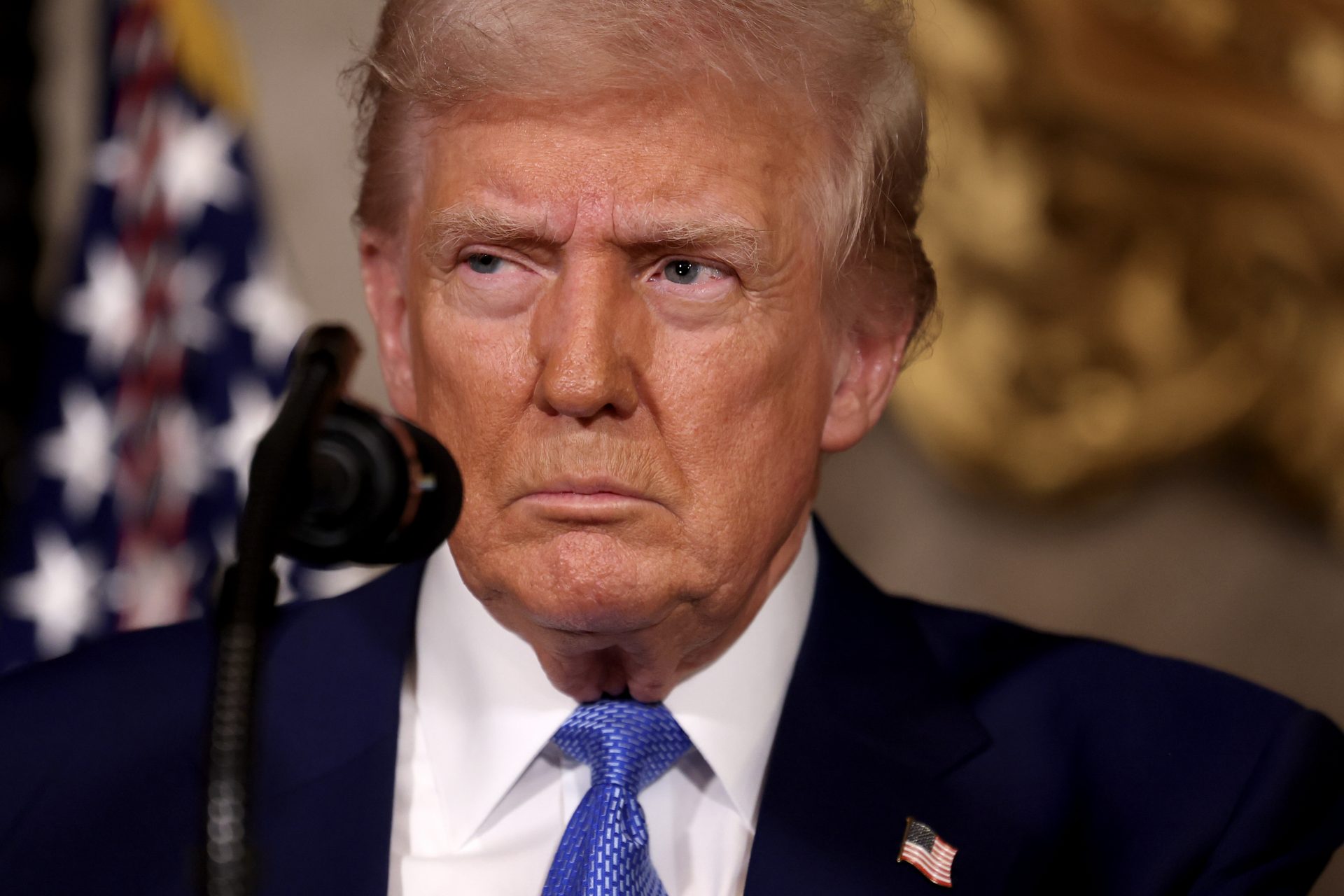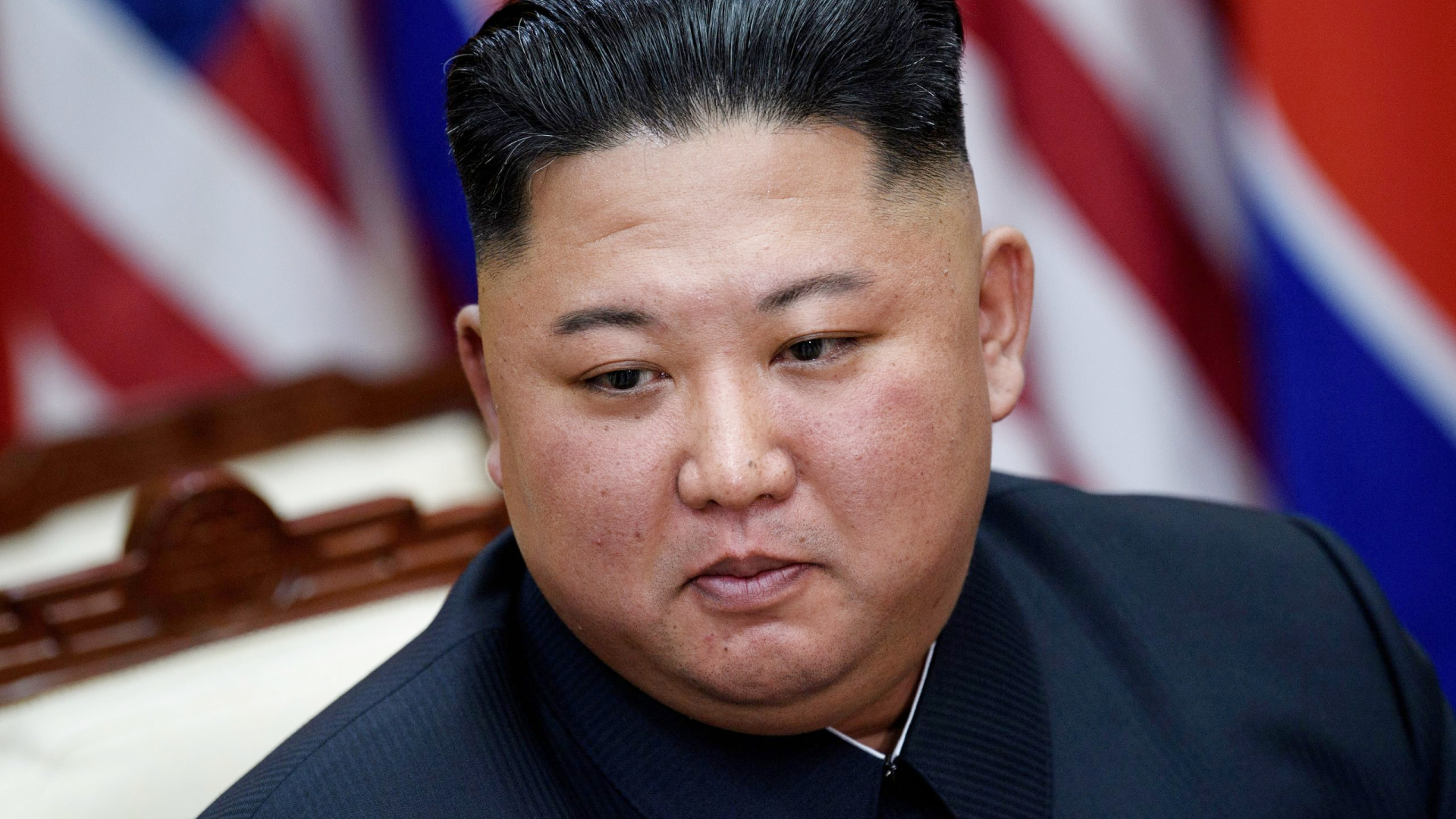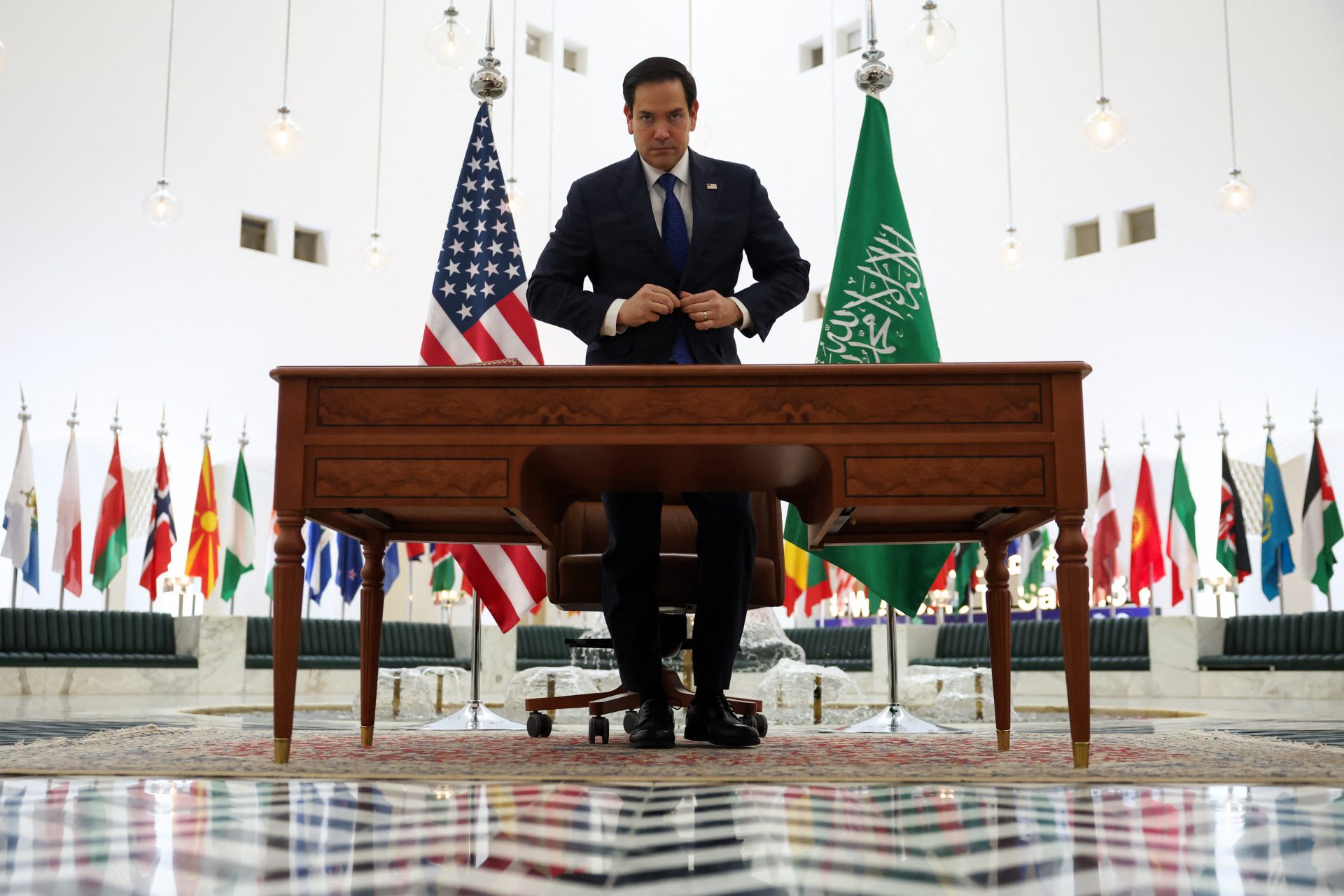Does Trump really have the power to enact all the changes he wants?
President Trump has pushed for fast and profound changes to the Federal government. He has allowed DOGE to chop the budget with broad strokes, fire people, and close agencies.
However, his efforts have also hit a judicial wall. Federal judges have ordered him to stop budget freezes and take in cases of wrongful termination on behalf of federal workers he fired.
Why can the judges ask the President to stop what he is doing? It is all related to the country's Constitution, which guarantees that no single person has all the power.
So, to oppose the monarchic model from which the US gained independence, the framers of the Constitution designed a model that divided the power of rule into parts.
For that, the Constitution creates three branches of the government: the White House, Congress, and the Supreme Court lead each one.
So, many of the decisions President Trump unilaterally takes, such as closing institutions like USAID or the Consumer Financial Protection Bureau (CFPB), should be in the hands of Congress.
The same applies to firing certain officials, like inspectors general. A President has to let Congress know a month before doing it. Trump fired 17 without doing that.
However, budget cuts are the most contentious use of his Presidential power. The DOGE has unilaterally cut the funds of several institutions, and Mr. Trump froze all Federal grants.
Congress provides funds for Government institutions. Every year, lawmakers approve appropriation bills that decide how much and how each agency will spend money.
So, the lawsuits against fund freezes argue that President Trump and his team are breaching the limits of their constitutional power to cut the money that Congress already granted.
Photo: Tingey Injury Law Firm / Unsplash
According to the New York Times, the end of the discussion will likely fall in the hands of the Supreme Court. Which will have to decide how much agency a President has over those budgets.
There is a clear legal precedent for the discussion: last year, the Supreme Court denied the CFPB a challenge over its budget, saying lawmakers always have control.
However, justice takes time, and in the gap before a case reaches the Supreme Court, President Trump has continued issuing significant decisions unilaterally.
Usually, Congress would stop a breach of its powers. However, the GOP has complete control and decided it is better to follow President Trump's decision with laws after he enacts them.
According to NPR, Senator Thom Tillis of North Carolina said DOGE "runs afoul of the Constitution in the strictest sense." However, he also said, "Nobody should bellyache about that."
That comment, and Congress's actions so far, show that the systems of checks and balances were an "illusion," New York Times' German Lopez argues. It only works when every part respects it.
The illusion could be tested further if President Trump ignores the court's orders to unfreeze funds. Something the White House has signaled it might do.
Whether the public agrees with the policies or not, changing the balances might set a bad precedent that allows any president, not just Mr. Trump, to do what he wants without repercussions.
More for you
Top Stories




